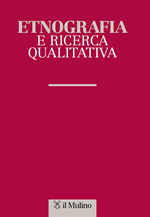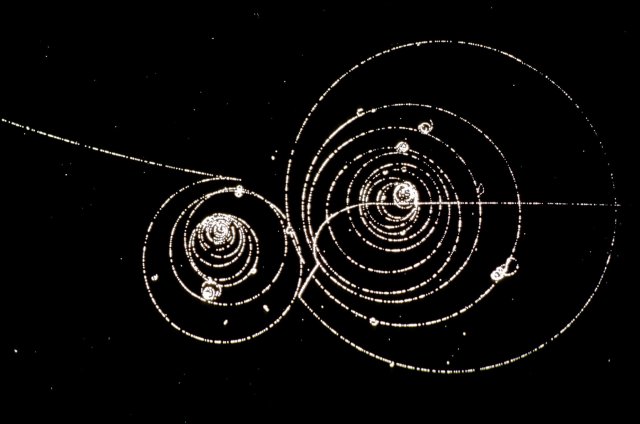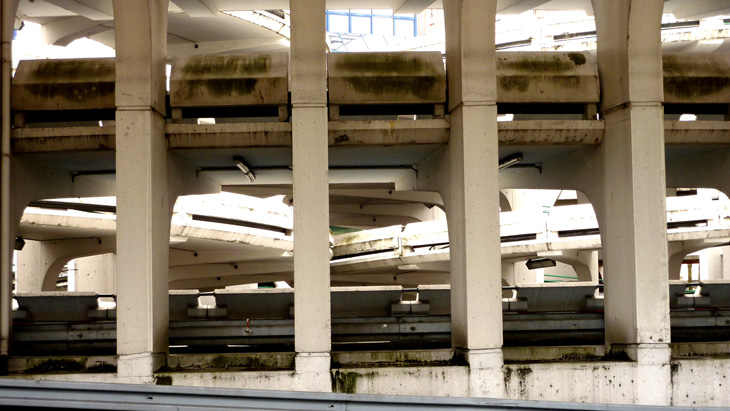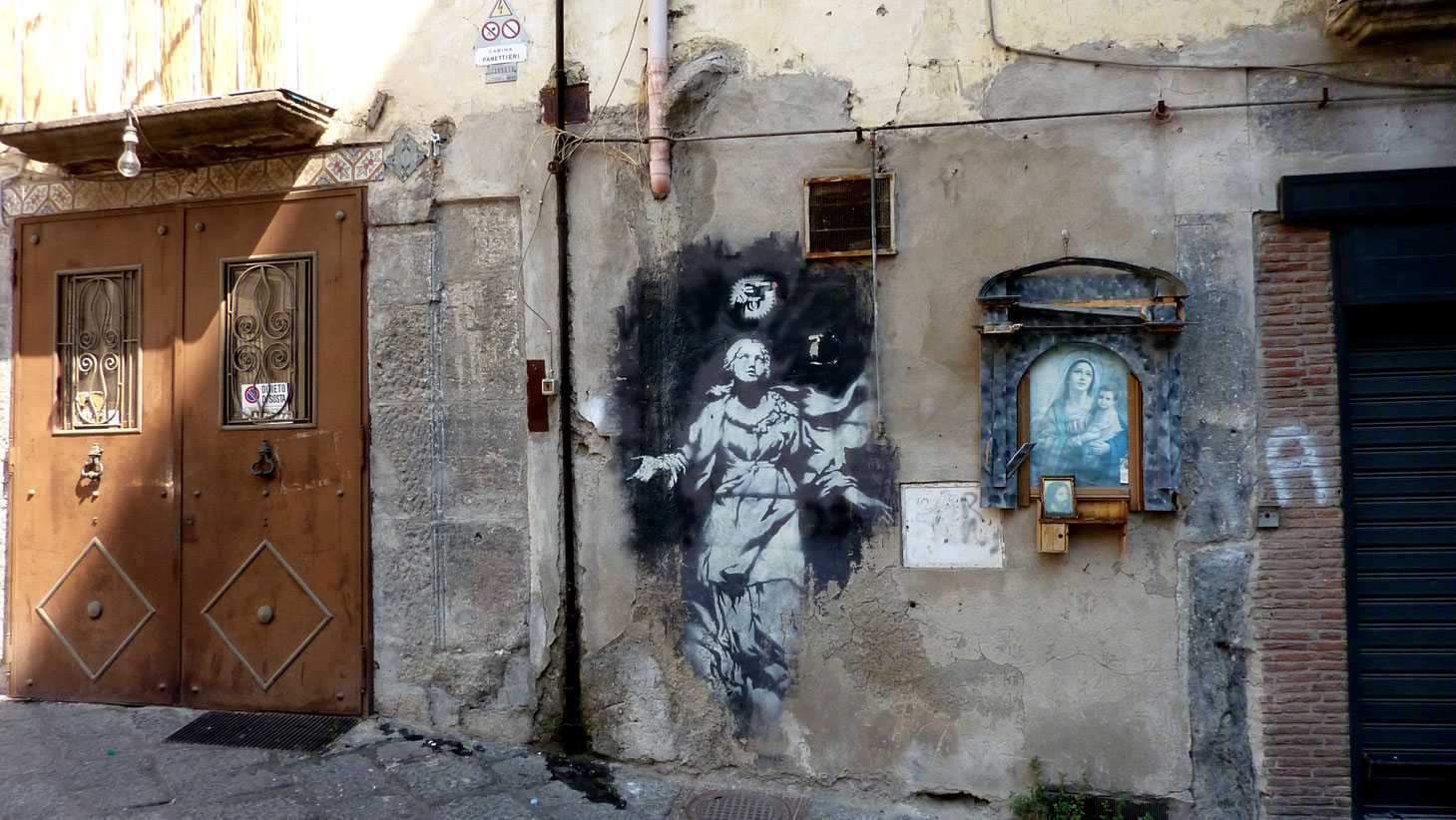Nucleo monografico di Etnografia e ricerca qualitativa, 2014, no. 3 a cura di Andrea Mubi Brighenti, Federico Rahola
Introduzione. L’etnografia tra le crepe
Numero disponibile su http://www.rivisteweb.it/issn/1973-3194/issue/6550

Nucleo monografico di Etnografia e ricerca qualitativa, 2014, no. 3 a cura di Andrea Mubi Brighenti, Federico Rahola
Numero disponibile su http://www.rivisteweb.it/issn/1973-3194/issue/6550
Ancient ways… from andrea mubi brighenti on Vimeo.
Una lezione nel contesto di Pensa trasversale, Percorso di orientamento all’Universita per studenti dell’ultimo anno delle scuole superiori
 Lecture at the Seminar ‘Architecture: enduring, ephemeral, moving, dust’
Lecture at the Seminar ‘Architecture: enduring, ephemeral, moving, dust’
Department of Architecture and Built Environment, Lunds Tekniska Högskola, Lund University, December 2, 2014
In this lecture, I would like to imagine some ways in which we may study temporality in the city and the built environment. In the first part, I present a theorization of time that draws from the lineage Bergson-Deleuze. I explore in some details the notion of ‘the instant’ as it appears in Deleuze’s The Logic of Sense (1969), and how this notion relates to two distinct images of time, namely aiòn and chronos. Subsequently, I would like to puzzle about how these philosophical images could be productively employed to examine urban spacestimes, rhythms and territories on the making. To this aim, I resort to the ‘tensed entwinement’ of logistics and the event. Logistics, which is originally a military art, concerns the calculated dispatching and delivering of goods to the right place at the right time. As such, it is part of a broader attempt at governing flows in the city. Thus, the interpretive framework in which I would suggest to place logistics is Foucault’s notion of ‘liberal governmentality’, as elaborated in particular in The birth of biopolitics (1979). On the other hand, Foucault’s analysis of freedom as a governmental notion also introduced the notion of ‘possible event’ as a phenomenon and object to be incorporated into a distinctive calculation. My argument is that an unresolved tension remains between logistic calculation and the event. Different images of time may help us to capture what is at stake here. The third and conclusive part of the lecture will consist in setting up a series of open questions which could potentially outline a research agenda for urban and architectural research aiming at bringing temporality into the focus of spatial analysis.
A Keynote Speech to be delivered at Competing Urbanisms: The New Politics Of Public Space, 5 November 2014, University of Melbourne
The aim of this lecture is to puzzle about the creation and transformation of value in contemporary urban space. Far from being a mere correlate of economic processes, ‘value’ can be understood as a total social fact and a polymorphous magical substance. The territory of value is inherently crossed by not only quantitative change but also qualitative metamorphoses. Indeed, while the economic side of value is the easiest to grasp, in order to capture the whole anthropological phenomenon of value creation and transformation a larger canvas needs to be drawn. Valorization (Verwertung) processes are complex, multifaceted, inherently unstable dynamics of production, circulation and transmutation of not only material goods (as per the classic analysis by Marx).
In the case of urban places, the economic side of value precipitates and condenses a number of scattered, convergent or divergent, social forces which include discourses, repertoires, representations, imaginaries, aspirations, reputations, judgments, position-takings, conflicts, negotiations, resistances, justifications and so on. In making the value of a place such as a neighbourhood, a square, a park, an alley or a metro station, the production, circulation and transmutation of all the items listed above is as important as the production, circulation and transmutation of material commodities in the analysis carried out by Marx in the mid-19th century.
An enlarged investigation into the notion of value thus inevitably leads us to a reflection on the limits of measurability. For what remains to be ascertained is how precisely value can be inscribed into places or associated with them. Here is where the case of street cultures and ‘alternative’ forms of cultural productions may provide us with poignant insights. In the course of the last 15 years of so, graffiti art has received unprecedented attention from mainstream cultural institutions ranging from local municipalities arts services and grant schemes to major contemporary arts museums. At the same time, street art – or what is sometimes referred to as ‘post-graffiti’ – has moved closer than before to the contemporary art system.
To various extents and not without contradictory, or even paradoxical outcomes, both graffiti and street art have been increasingly associated with thrilling lifestyles, urban creativity, fashionable outfits, and hip neighbourhoods. The value attributed to such expressive urban cultures as well as the places where they occur has changed accordingly. Perhaps, it is these practices we should attend in the attempt to understand the mysteries and alchemies of Urban Verwertung.
+ info | http://public-cultures.unimelb.edu.au/event/workshop-competing-urbanisms-new-politics-public-space
published in “No Respect” Exhibition Catalogue. Curated by Marilena V. Karra. Onassis Cultural Centre, Athens, 2014.
PDF here – Brighenti-2014-Mobilizing territories, territorializing mobilities
Publisher version (OA): https://www.rivisteweb.it/doi/10.2383/77043
on ResearchGate: https://www.researchgate.net/publication/289278460_Mobilizing_territories_territorializing_mobilities
on academia: https://www.academia.edu/7499210/Mobilizing_territories_territorializing_mobilities

To be held at the International Summer School on Cultural Sociology – Memory, Culture & Identity 2014 – Brno University, June 18-19
.
Presentation. What are urban interstices? What does it mean to explore the city through its folds? What sort of skills and sensibilities does the enterprise call for? This workshop is an attempt to tackle conceptually as well as ethnographically these questions. It unfolds in three moves: first, there will be a lecture where a number of urban topics and puzzles will be presented. Hopefully, an epistemic and methodological discussion will follow; second, we will do some fieldwork, albeit a necessarily crushed one. An urban walk or drift will function as invitation to ethnographic observation and data collection. At time 2, our aim is to appreciate the city as a Wunderkammer, a chambre des merveilles, or a Room of Wonders. To do so, we will disperse into the territory equipped with our probes and captors, and see what happens. Third, we will meet for a final round of discussion, collectively reviewing, discussing and interpreting collected data, in a joint effort to reflect on the experience/experiment, and look for further insights into the larger cultural meaning of the city.
.
Format
– day 1 (morning): introduction: lecture + some general methodological instructions
– day 1 (afternoon) & day 2 (morning): fieldwork, urban walk
– day 2 (afternoon): feedback: collectively reviewing, discussing and interpreting collected data
Book available at : http://www.ashgate.com/isbn/9781472410016
Fulltext also here
A couple of reviews published in : Urban Research & Practice and IJURR

A speech I’m delivering at: Street Art in the Changing City: Theoretical Perspectives – Moscow, June 7–8, 2013 – http://igiti.hse.ru/en/hsestreetart/announcements/74150089.html
In a sense, both graffiti and street art share humble origins. While the first emerged as an essential expressive form of disadvantaged inner city youth in the late 1960s, the second originated from a more heterogeneous cohort of underground artists who, however, for quite a lapse since the 1970s through the 1990s, remained marginalized in the official art system. Such humble origins were clearly mirrored in the fact that, seen from the outside, early street art entertained only a parasitic relationship to the official cityscape, while graffiti was mostly stigmatized as seen as negatively affecting places (a sign of ‘urban decay’).
Over the last decade, a major counter-trend has made its appearance, whereby street art has moved much closer to the core of the contemporary art system, whereas graffiti has received unprecedented attention from mainstream cultural institutions. Albeit to different extents and not without contradictory or even paradoxical outcomes, both graffiti and street art have been increasingly associated with thrilling lifestyles, urban creativity, fashionable outfits, and hip neighborhoods. A radical transformation has followed concerning the impact these practices have on the value attributed to certain urban places. Rather than value-neutral (invisible) or value-detracting (supravisible) as before, now graffiti and even more pronouncedly street art seem to be value-bestowing (visible). Visibility means they have turned into recognizable and much sought-for items in the urban landscape.
In this context, my aim is to look at recent graffiti and street art events in the context of recent urban transformation. Although such events have popped up almost everywhere in the world, and in the Western countries in particular, I will refer to the case of Italy, where in the last five years I have been collecting a series of detailed field observations. I am puzzling about the social and cultural significance of graffiti and street art in the changing cityscape and the unfolding urban process. By doing so, I am also inquiring into the economic process of place valorization in the current transformations of capitalism. Finally, I am placing these concerns in the framework of the new political processes of disciplination and urban governance.
*
Here is the audio record (mp3 version)
Here is also a short interview I’ve released : http://www.hse.ru/en/news/85034010.html
*
Puzzling about the territorialities of wall writing & environs:
A Territoriology of Graffiti Writing. – NEW : Paginated Version Here
Written for FRONTIER La linea dello stile / The Line of Style, edited by Fabiola Naldi & Claudio Musso, Damiani Editore, 2013.
In Adriano Cancelllieri e Giuseppe Scandurra (a cura di) Tracce Urbane. Milano, Angeli, 2012.
Due versioni:

I’m joining the konfFRONTIERt Symposium organized by Fabiola Naldi and Claudio Musso in Bologna next week. It’s all about street art, graffiti, urban visibilities, and the governance of public places.
Here is the programme | http://frontier.bo.it/programma/

Organized by Giuliana Costa @ Politecnico di Milano, with
Andreas Philippopoulos-Mihalopoulos, Mattias Kärrholm, and myself. On January 31st, 2013